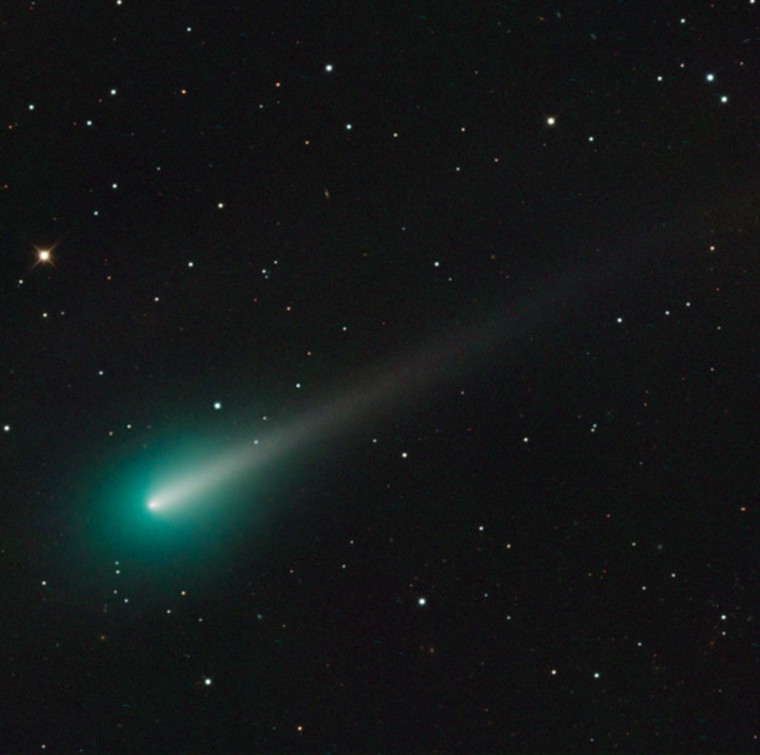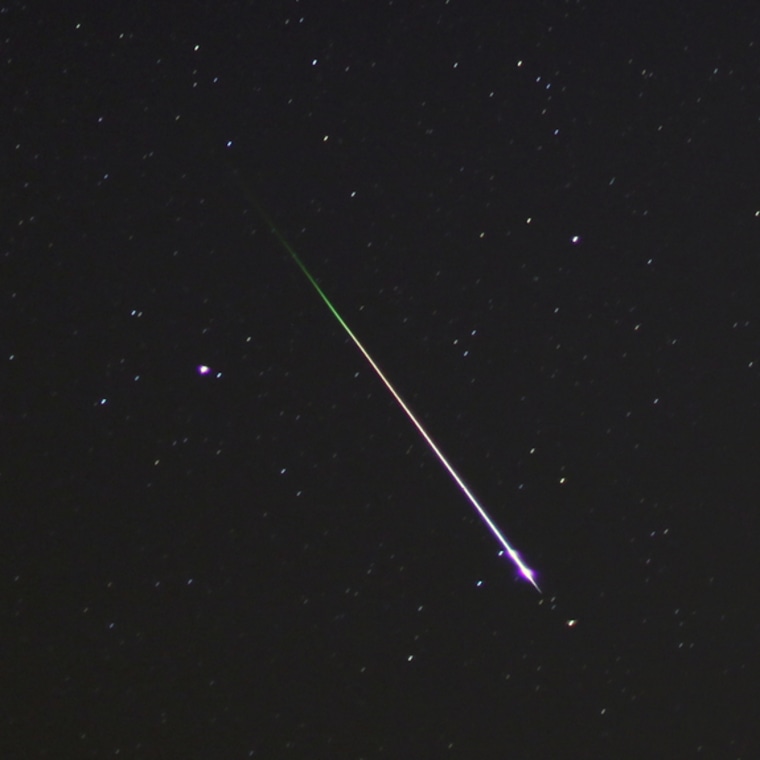There are many reasons to cast your eyes skyward this month.
November began with a rare solar eclipse and could end with the potentially dazzling "comet of the century" Comet ISON streaking through the sky. There are also plenty of celestial fireworks to keep avid skywatchers occupied all month long.
Interested observers can catch sight of many planets in the night sky throughout November. [Best Stargazing Events of November 2013 (Gallery)]
"Soon after sunset, Venus emerges to shine like a beacon over the southwestern horizon," said narrator Nancy Calo, in a November skywatching video guide released by the Hubble Space Telescope science team. "A telescope provides a slightly better view. Late in the evening, look for magnificent Jupiter in the east. Watch as it climbs higher into the autumn night sky."
Mars cans be spotted in the east before sunrise and Mercury can also be seen in the morning during November, Calo said.
Last Sunday, skywatchers along a narrow band of Earth that extends for 8,345 miles (13,430 kilometers) across the Atlantic and Africa were treated to a "hybrid" solar eclipse. Through the course of the cosmic event, the eclipse transitioned from an annular (or "ring of fire") eclipse into a total eclipse. The sun appeared as a ring of fire because the moon's dark shadow fell short of making contact with Earth.

Observers in the eastern part of North America could also see a partial eclipse of the sun early on Sunday. You can see amazing skywatcher photos of the eclipse in many of its stages on Space.com.
Then on Monday night, the South Taurid meteor shower peaked into dawn on Tuesday and was best seen from the Northern Hemisphere. The North Taurid meteor shower peaks a little later, overnight next Monday and into Tuesday. Both showers produce about 10 meteors per hour during peak. Moonlight will not wash out the South Taurid display, however, the North Taurid shower might be somewhat obscured by the waxing moon, according to EarthSky.org.
Another meteor shower, the Leonids, is also set to peak this month. On the night of Nov. 17 and into the morning of Nov. 18, observers on the ground can potentially see about 40 meteors per hour if weather and light pollution permit, Calo said.
"This shower is the result of Earth’s annual passage through the dust trails left by Comet Tempel-Tuttle, which returns to the inner solar system every 33 years," Calo said.
Scientists and amateur observers are tracking Comet ISON as it makes its way through the solar system during November. The comet will make its closest brush with the sun on Nov. 28, but before that, it could appear as a bright streak on the horizon before dawn if it lives up to some predicted expectations.
Follow Miriam Kramer @mirikramerand Google+. Follow us @Spacedotcom, Facebook and Google+. Original article on Space.com.
- How To See Comet ISON In November 2013 | Video
- Best Telescopes for Beginners | Telescope Reviews & Buying Guide
- Night Sky: Visible Planets, Moon Phases & Events, November 2013
